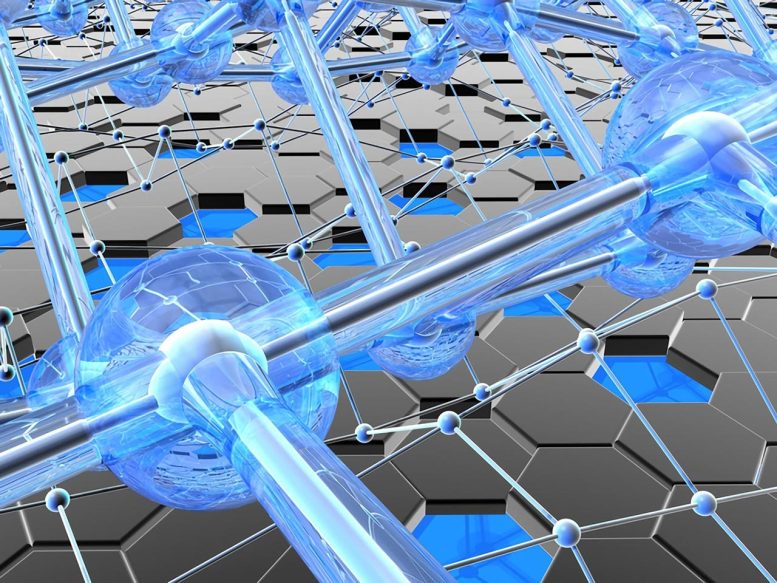
A new technique has been developed for growing new materials from nanorods.
A newly published study in the journal Science describes a new technique for growing materials from nanorods, which was developed by scientists at the University of Florida.
A team of researchers from the University of Florida department of chemistry has developed a new technique for growing new materials from nanorods.
Materials with enhanced properties engineered from nanostructures have the potential to revolutionize the marketplace in everything from data processing to human medicine. However, attempts to assemble nanoscale objects into sophisticated structures have been largely unsuccessful. The UF study represents a major breakthrough in the field, showing how thermodynamic forces can be used to manipulate growth of nanoparticles into superparticles with unprecedented precision.
The study is published in the October 19 edition of the journal Science.
“The reason we want to put nanoparticles together like this is to create new materials with collective properties,” said Charles Cao, associate professor of chemistry at UF and corresponding author of the study. “Like putting oxygen atoms and hydrogen atoms together in a two-to-one ratio – the synergy gives you water, something with properties completely different from the ingredients themselves.”
In the UF study, a synergism of fluorescent nanorods, sometimes used as biomarkers in biomedical research, resulted in a superparticle with an emission polarization ratio that could make it a good candidate for use in creating a new generation of polarized LEDs, used in display devices like 3-D television.
“The technology for making the single nanorods is well established,” said Tie Wang, a postdoctoral researcher at UF and lead author of the study. “But what we’ve lacked is a way to assemble them in a controlled fashion to get useful structures and materials.”
The team bathed the individual rods in a series of liquid compounds that reacted with certain hydrophobic regions on the nanoparticles and pushed them into place, forming a larger, more complex particle.
Two different treatments yielded two different products.
“One treatment gave us something completely unexpected — these superparticles with a really sophisticated structure unlike anything we’ve seen before,” Wang said.
The other yielded a less complex structure that Wang, and his colleagues were able to grow it into a small square of polarized film about one quarter the size of a postage stamp.
The researchers said that the film could be used to increase efficiency in polarized LED television and computer screens by up to 50 percent, using currently available manufacturing techniques.
“I’ve worked in nanoparticle assembly for a decade,” said Dmitri Talapin, an associate professor of chemistry at the University of Chicago who was not involved with the study. “There are all sorts of issues to be overcome when assembling building blocks from nanoscale particles. I don’t think anyone has been able to get them to self-assemble into superparticles like this before.”
“They have achieved a tour-de-force in precision and control,” he said.
Reference: “Self-Assembled Colloidal Superparticles from Nanorods” by Tie Wang, Jiaqi Zhuang, Jared Lynch, Ou Chen, Zhongliang Wang, Xirui Wang, Derek LaMontagne, Huimeng Wu, Zhongwu Wang and Y. Charles Cao, 19 October 2012, Science.
DOI: 10.1126/science.1224221

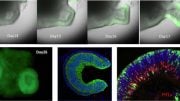

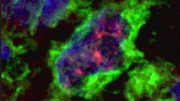
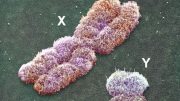

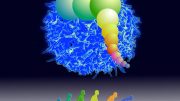
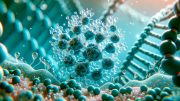

Be the first to comment on "A New Technique for Growing Materials From Nanorods"